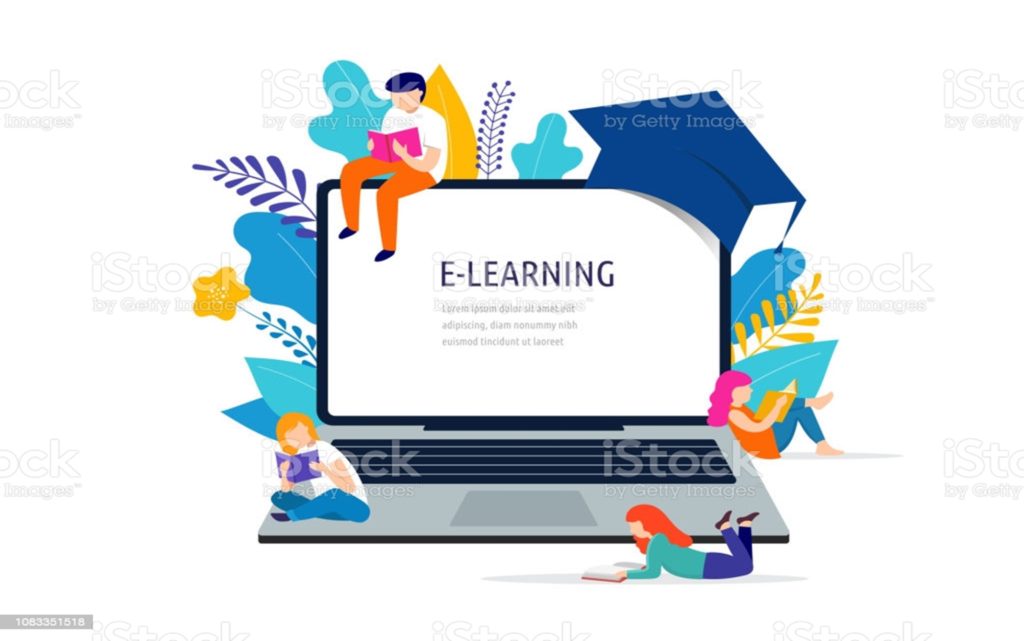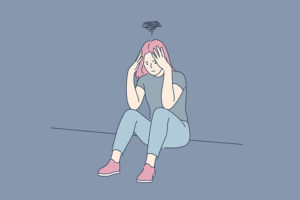Teaching is a task on its own but teaching during a pandemic is a whole other thing. Let me tell you my experience.
I remember the date clearly 8th March 2020, I was hurriedly putting away the students’ notebooks inside the lockers for the day, I had to send them by the weekend.
My coordinator came running towards the classroom, asking me to empty the lockers and return the books back to the children. “Why?!”, I asked in surprise. “The Ministry has announced the closure of all schools in the country, the pandemic has reached here!”, she replied and hurried towards the next classroom.
Me and the assistant exchanged a glance, the same shock reflected in her eyes.
We quickly worked together and distributed all the books back to the students along with anything else that they kept within their classroom lockers. For the absentees we collected their book, marked down their names, sections, and dropped them off in the parent reception area, where the parents could collect them easily.
When the students heard the announcement, they were overjoyed. “Yayyy! No school!”, they cried. They all hurried down the stairs cheering and celebrating their freedom after the final bell for the day.
But for us teachers, our worries began after the bell. How do we overcome this? What’s our plan? It’s easy to function in a normal environment but withstanding change and learning to adapt is what matters.
That is what all educational institutes were forced to do. All of us have protocols placed to manage disasters, but none of us are actually prepared for such situations. This is because we never expect such things to occur.
SARS occurred, we survived. Ebola, we survived. Swine Flu, we survived. We expected the same with Covid19. Never had I thought to spend a whole year away from my classroom.
____________
A school without students, is unheard of. Yes, I do get frustrated by the last period when they are noisy. But that is a part of the experience. What would a school be without the chatter and laughter?
Within 4 days we shifted to online teaching. Hours of tireless hard work to make this transition as easy as possible. The parents also stepped up to make this happen.
The first few weeks were easy. Since the holidays were so close, the children didn’t really care. They were enjoying this novel concept.
The true problems cropped after the summer vacation when the pandemic didn’t actually end.
The evolution of medicine alongside technology made the human views a tad too complacent. We expect all our problems to be resolved in the blink of an eye. Covid19 really drove home the fact that there is still so much we are not truly prepared for.
The first problem that I realised was the quality of teaching. A few months of rushed teaching was nothing compared to an entire year of teaching which loomed before us. An entire summer was there between then and now. The parents expected an improvement.
This was especially difficult since now the parents were at home too, the margin for error became smaller. I recall I was once teaching a concept about electricity, and a child’s mother popped in to inform me that my audio was glitching.
We had to streamline our quality of teaching, playing YouTube videos was not going to cut it. We had to make sure, what the children learnt from home was on par with what the learnt in the class.
Not all of us are tech savvy, but the children are. So, they know when we are struggling with something. The sudden onset of online teaching left many reeling under the pressure of technological literacy. As, we had to both learn as well as teach. So, most of my nights were spent sifting through various tools with which I could make my teaching more refined.
The next thing that I noted was keeping them occupied. The mysterious thing about online teaching was how I was running out of time as well as left with time simultaneously.
Normally in a classroom we teachers juggle so many tasks at the same time, we teach, we play, we interact. But initially I was at a loss here. I could not make sure whether every student had grasped the concept by making rounds. I could not break out into an impromptu game to relax their minds. It seemed hard.
But soon it became easier. We got used to it.
That is when I realised the next problem. The affect all of this was having on the children. When the excitement fades, we are left with the aftermath of our situation.
The children began to realise this wasn’t a one-day or two-day affair. It reflected on their faces, the toll of online education. Everyday my kids began asking, “Teacher can we go to school soon?”, I always replied, “Very soon.”, I didn’t want to upset them any further. Soon it changed to, “Teacher, this is not fun anymore. I want to go to school.”, I didn’t know what to say.
I did everything to keep them occupied but the fact of the matter is, they miss the experience. The chatter, the games, the interaction, the community. We humans are social creatures, we need it to survive. Sad to say online teaching could not provide that, the breakout rooms could only do so much.
My concerns changed from keeping them engaged to keeping them happy. I shifted all theoretical teaching to practical, gave them the reigns to teach what they wished to learn.
It was exciting and wonderful to see how much they thrived off discovery. They built, they broke, they taught, and they learned. A syllabus can’t impart everything a child needs in real life, this is where we leave room for flexibility. We let them teach us what they need to learn.
It was interesting teaching online, but nothing beats the feeling of opening a classroom door and seeing a full and noisy classroom. Every teacher asks their student to discuss what they have learnt that day, but this year I feel we as teachers have learnt far more.










